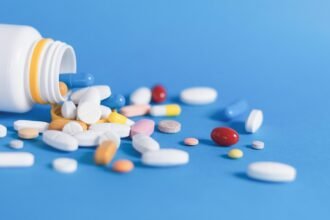A recent study has revealed that antibiotic residues, after human consumption, are entering rivers through water systems. This alarming trend is not only affecting aquatic life but also poses serious health risks to humans. Experts warn that these residues are contributing to antibiotic resistance in bacteria, potentially leading to the rise of deadly diseases known as “superbugs.”
How Do Antibiotics Reach Rivers?
When humans or animals consume antibiotics, a portion of the drugs is excreted and enters sewage systems. Most wastewater treatment plants are unable to completely remove these pharmaceutical compounds, allowing them to flow into rivers and lakes. Additionally, industrial waste from pharmaceutical factories is a significant contributor to this pollution.
Impact on Environment and Human Health:
Antibiotic Resistance:The presence of antibiotics in rivers can cause bacteria to develop resistance, resulting in strains that are no longer treatable with standard medications.
Threat to Aquatic Life:These chemicals negatively affect the reproductive systems and overall health of fish and other aquatic organisms.
Risk to Human Health: People exposed to contaminated water, either through consumption or bathing, may also develop antibiotic resistance, making it harder to treat infections.
According to a global study, 65% of water samples collected from 711 sites across 72 countries contained antibiotic traces. In some areas, such as Bangladesh, the concentration of these substances was found to be up to 300 times higher than the safe limit.
Experts emphasize that without effective monitoring and proper disposal of antibiotic waste, this issue could escalate into a global health crisis.














